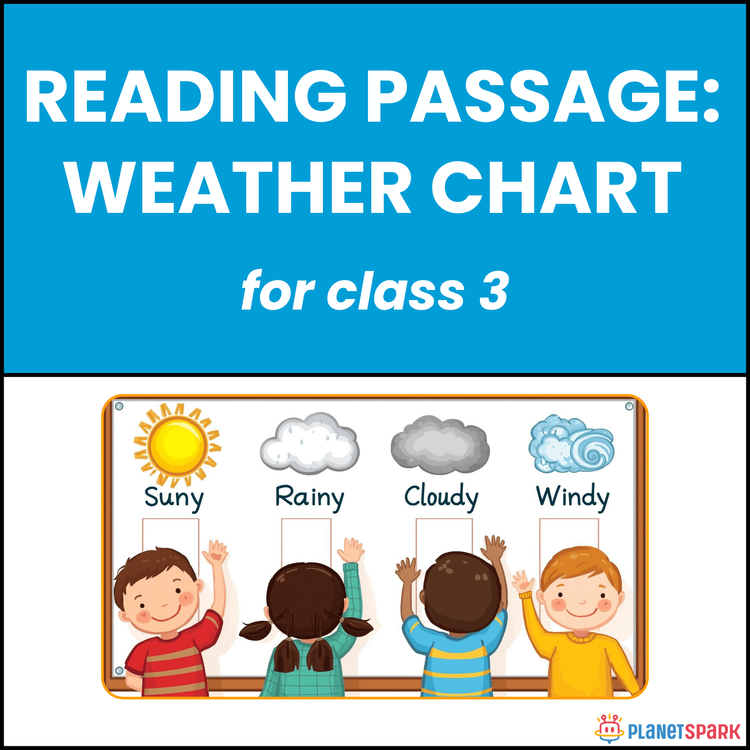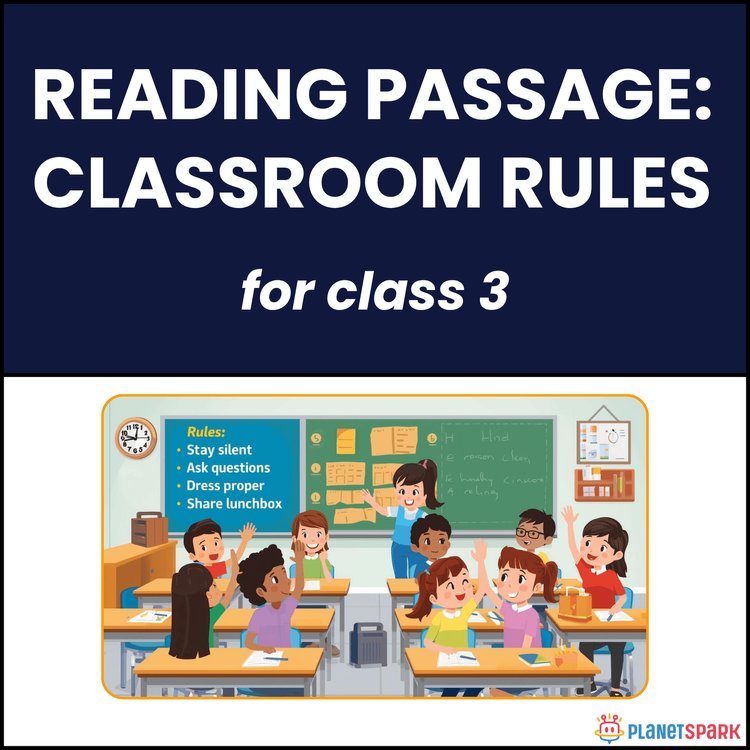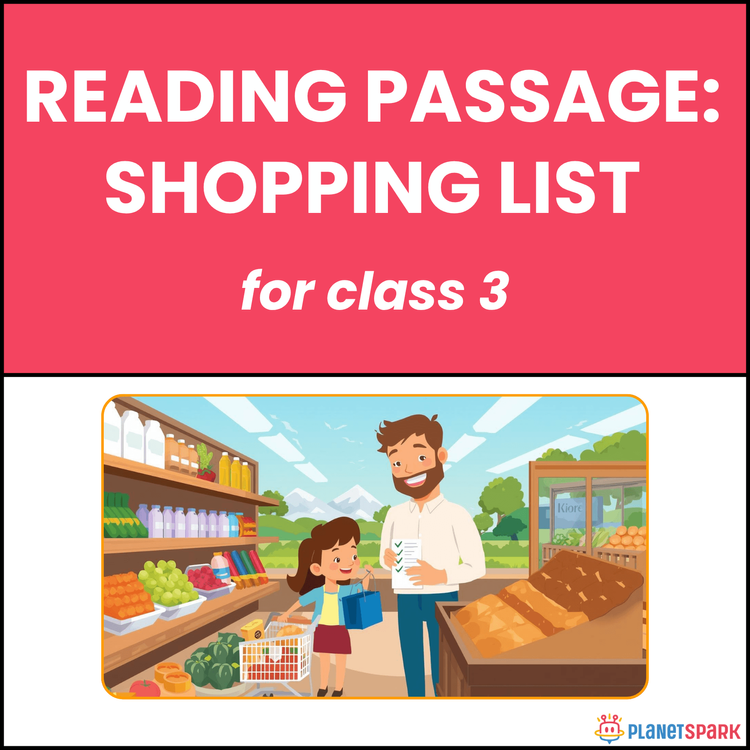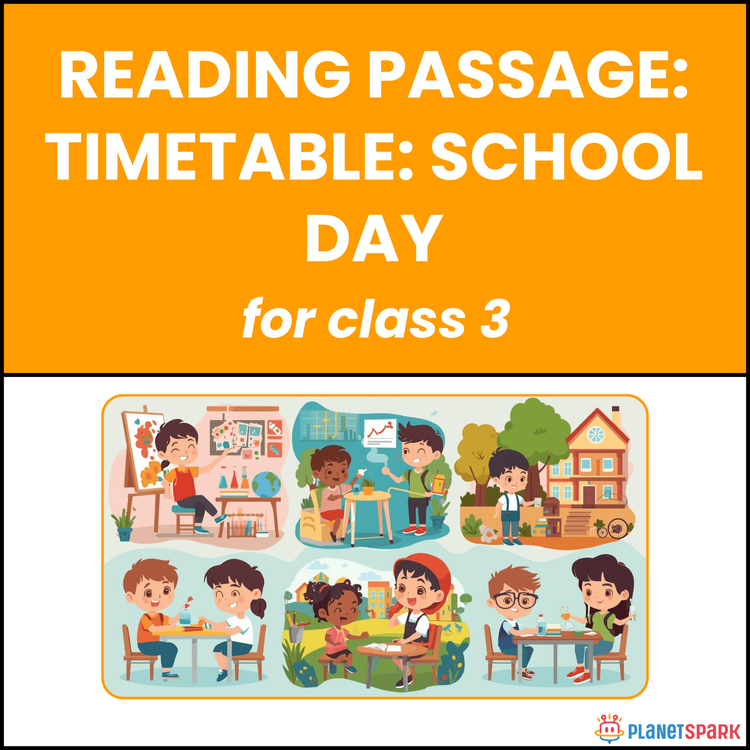Class 3 Reading Passage on Fun Riddles
Class 3EnglishCreative WritingFree DownloadPDF
Kanishka ModiVisit Profile
I’m an enthusiastic educator with 4 years of experience teaching English, communication skills, and personality development. I’ve guided ICSE, CBSE, and IB students through interactive and practical learning, focusing on building confidence and effective expression. My teaching integrates child psychology principles to create a nurturing and engaging classroom experience.


Class 3 Reading Passage on Fun Riddles
Class 3EnglishCreative WritingFree DownloadPDF
Kanishka ModiVisit Profile
I’m an enthusiastic educator with 4 years of experience teaching English, communication skills, and personality development. I’ve guided ICSE, CBSE, and IB students through interactive and practical learning, focusing on building confidence and effective expression. My teaching integrates child psychology principles to create a nurturing and engaging classroom experience.
Think and Guess: Reading Passage on Fun Riddles – Reading Comprehension for Grade 3
This Grade 3 worksheet, is based on a lively English class where students share fun riddles. The story shows how riddles make learning joyful and spark creative thinking. Students like Rohan, Tara, and Aditi enjoy solving questions that twist words in clever ways, helping them learn while having fun.
Why Reading Comprehension Matters in Grammar?
Reading playful passages like riddles builds curiosity and logical reasoning. For Grade 3 learners, this worksheet helps:
1. Strengthen vocabulary and problem-solving through wordplay.
2. Improve reading comprehension with humor and quick thinking.
3. Develop creativity and imagination through language exploration.
4. Encourage teamwork, confidence, and participation in class.
What’s Inside This Worksheet?
Exercise 1 – Multiple Choice Questions
Students identify the correct answers to riddles and recall who asked each one.
Exercise 2 – Short Answer Questions
Learners explain what riddles are, why the teacher praised them, and what answers were shared.
Exercise 3 – Critical Thinking & Vocabulary
Students reflect on how riddles help in learning, what skills they build, and find a synonym for “imagine.”
✅ Answer Key (For Parents & Educators)
Exercise 1 – Multiple Choice Questions
1. d) Piano
2. a) Sponge
3. b) Aditi
Exercise 2 – Short Answers
1. Riddles are short, fun questions with tricky answers.
2. The teacher praised the class because they answered smartly.
3. The riddles’ answers were piano, sponge, and clock.
Exercise 3 – Long Answers
1. Riddles help in learning by making children think creatively and connect ideas.
2. Everyone enjoyed riddle time because it was fun and full of laughter.
3. Riddles improve language, imagination, and teamwork skills.
4. Synonym for “imagine”: dream / think.
Encourage curiosity and clever thinking with this joyful Reading Passage on Fun Riddles — perfect for boosting creativity and comprehension!
🔖Book a free trial!
Frequently Asked Questions
They strengthen reasoning, vocabulary, and fun engagement with words.
To develop logic and curiosity through playful learning.
Ask riddles aloud to make English learning interactive.



